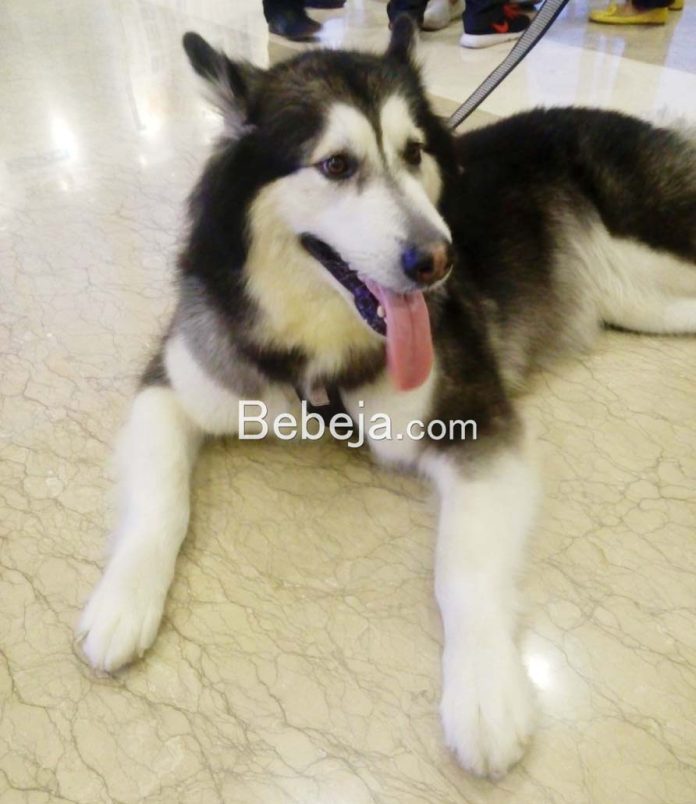Siberian husky is a popular pet due to its wolf-like appearance that attracts enthusiasts. Although these dogs may appear fierce, they have a friendly demeanor and are playful. Their fur varies in color, ranging from brown to gray or a combination of both.
Originating from subtropical regions, siberian huskies require adaptation when kept in tropical climates such as Indonesia. Indonesian hobbyists and breeders typically import siberian huskies from Korea, China, Canada, Russia, and the United States. Most of these huskies have champion bloodlines and pedigrees.
Generally, siberian huskies thrive in temperatures below 25°C. Therefore, hobbyists residing in hot areas like Surabaya, Medan, and Jakarta must provide a refrigerated environment for their siberian huskies to comfortably reside. If not, and the air temperature is too hot, siberian huskies will often experience hair loss. This can last for about 3-5 months.
Siberian huskies experience hair loss during their breeding period. Male dogs shed once, while females shed twice a year. Combing the dog’s fur gently and regularly during this time is necessary. Additionally, providing the dog with vitamins can reduce stress.
The diet of a siberian husky is similar to that of other large-breed dogs, such as golden retrievers. However, siberian huskies require additional feed. Ground or chopped meat is recommended at a rate of 250-300 grams per day for adult dogs, as it is a high-protein feed that supports growth.
Some hobbyists also feed their dogs rice, but it is not advisable to do so as it may affect the dog’s growth. Additionally, it is recommended to avoid feeding dogs chocolate, cheese, or milk.
